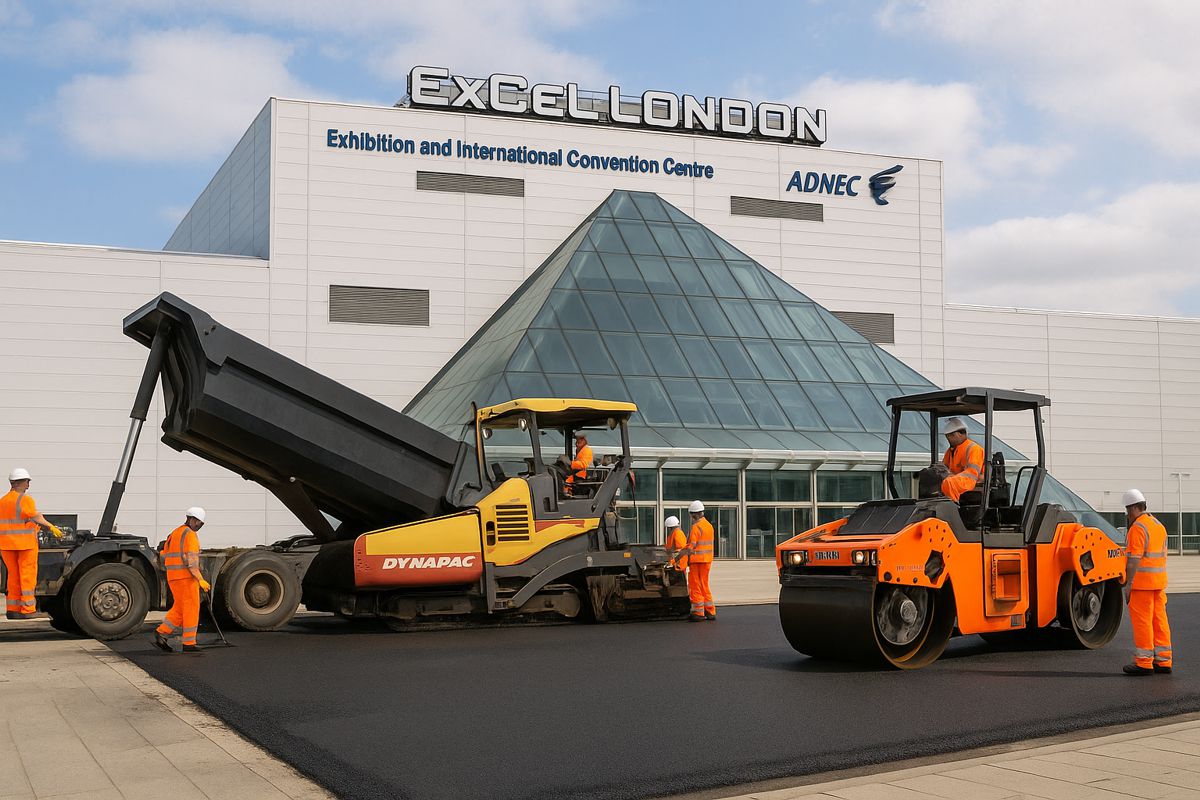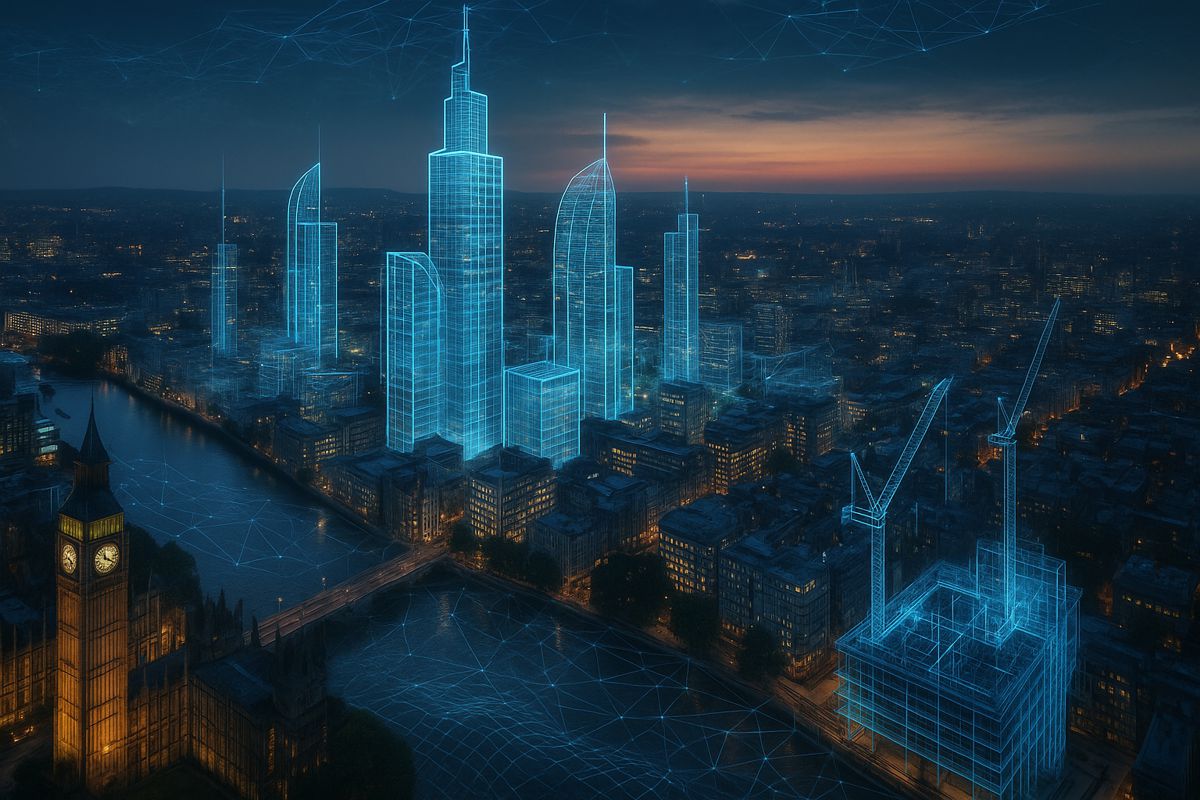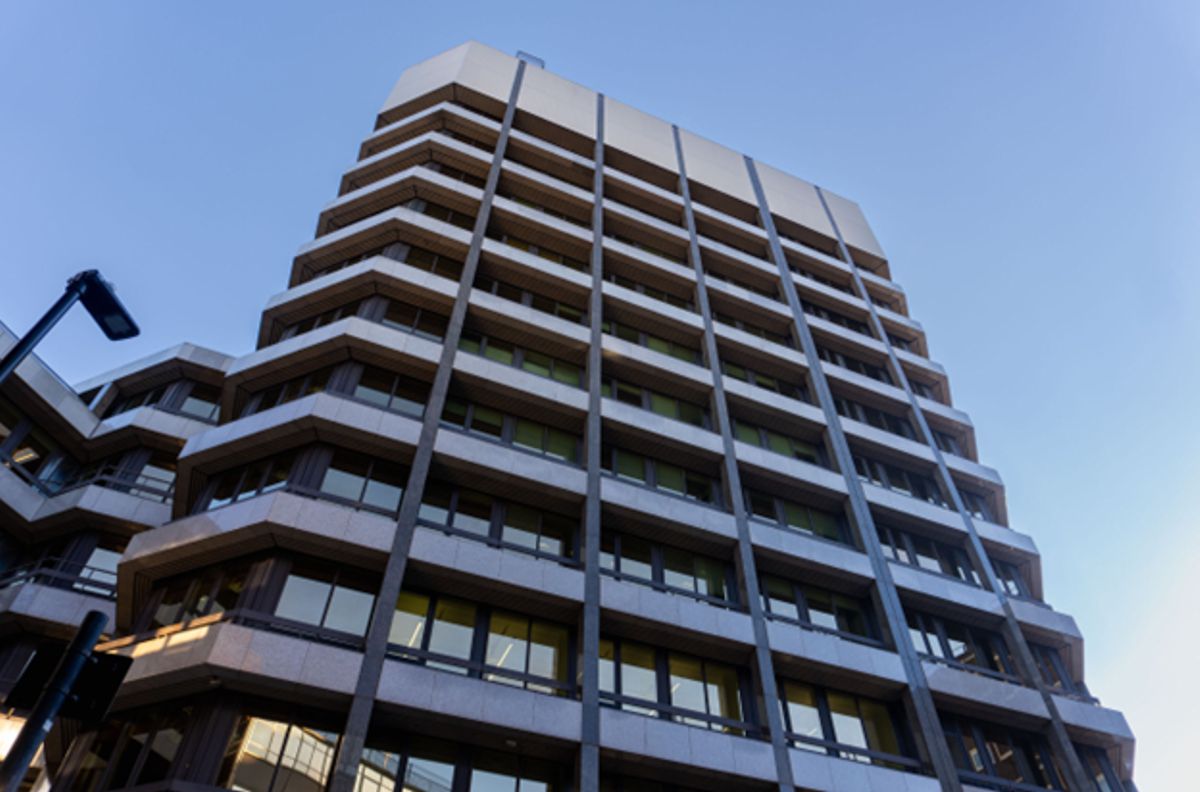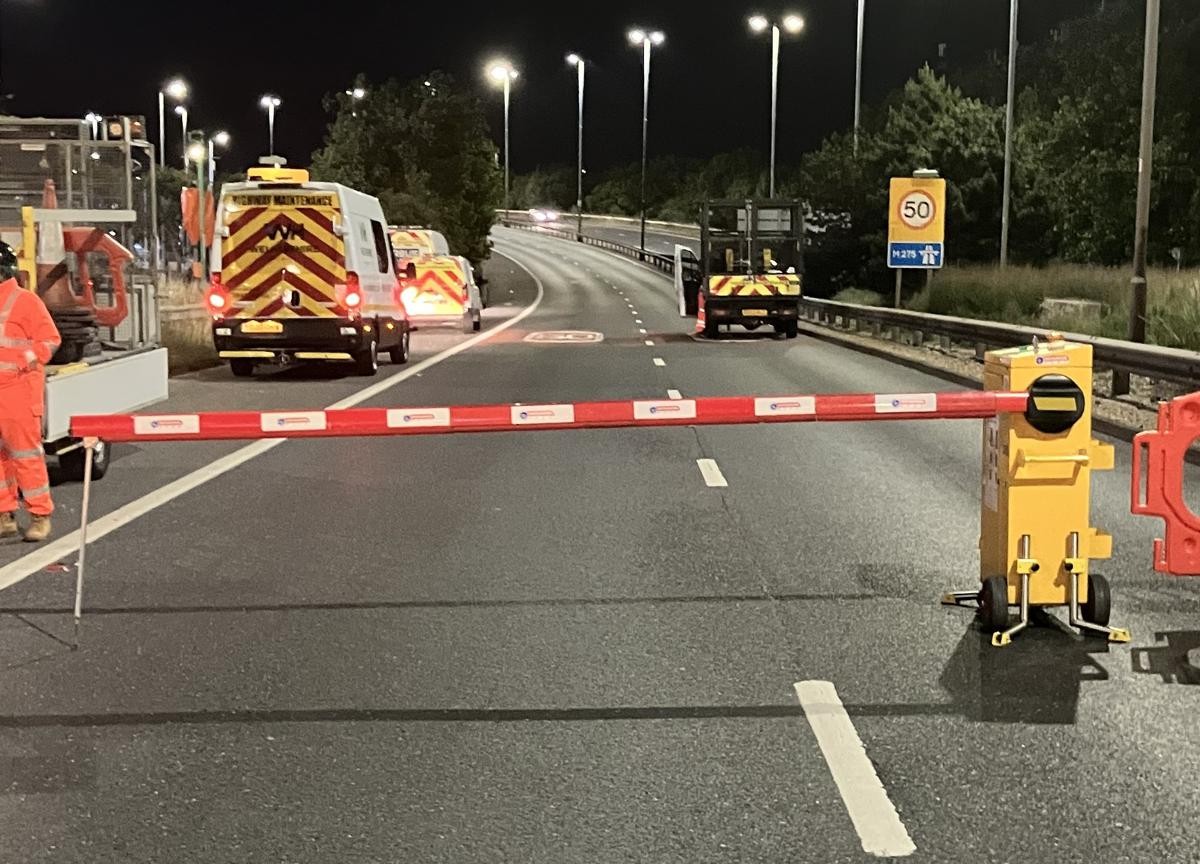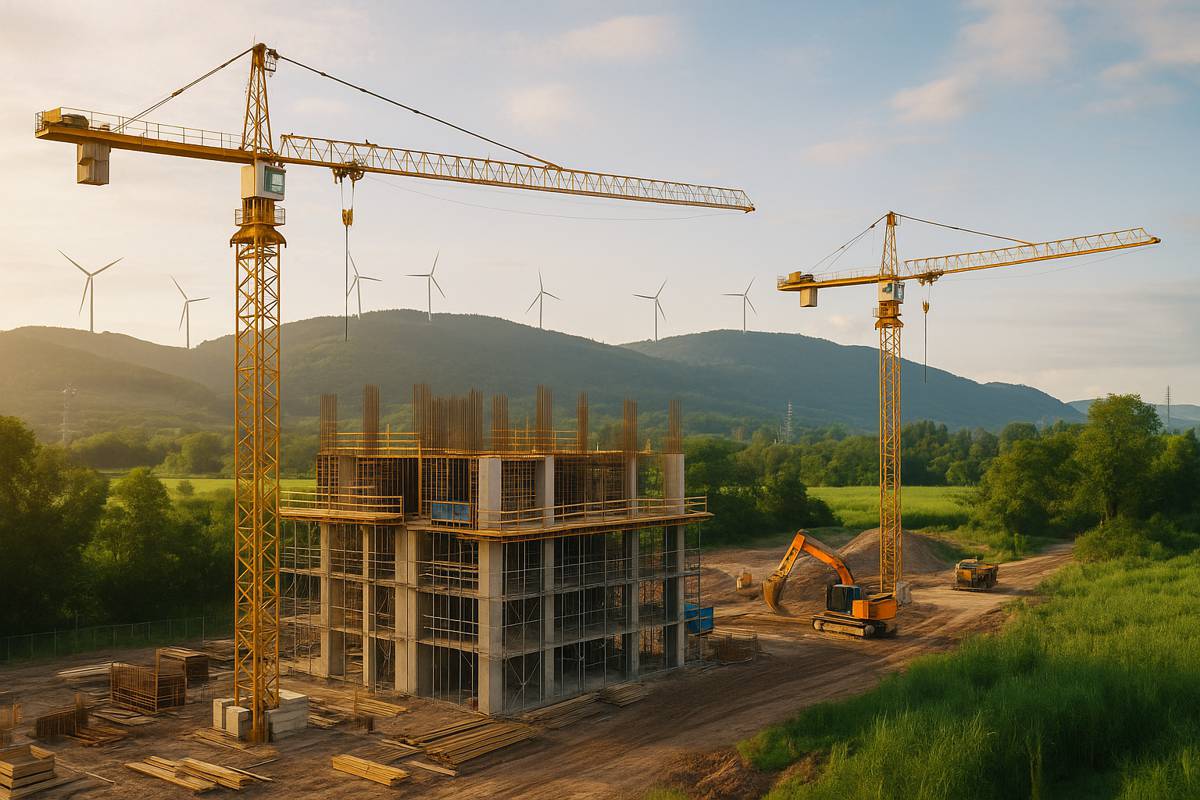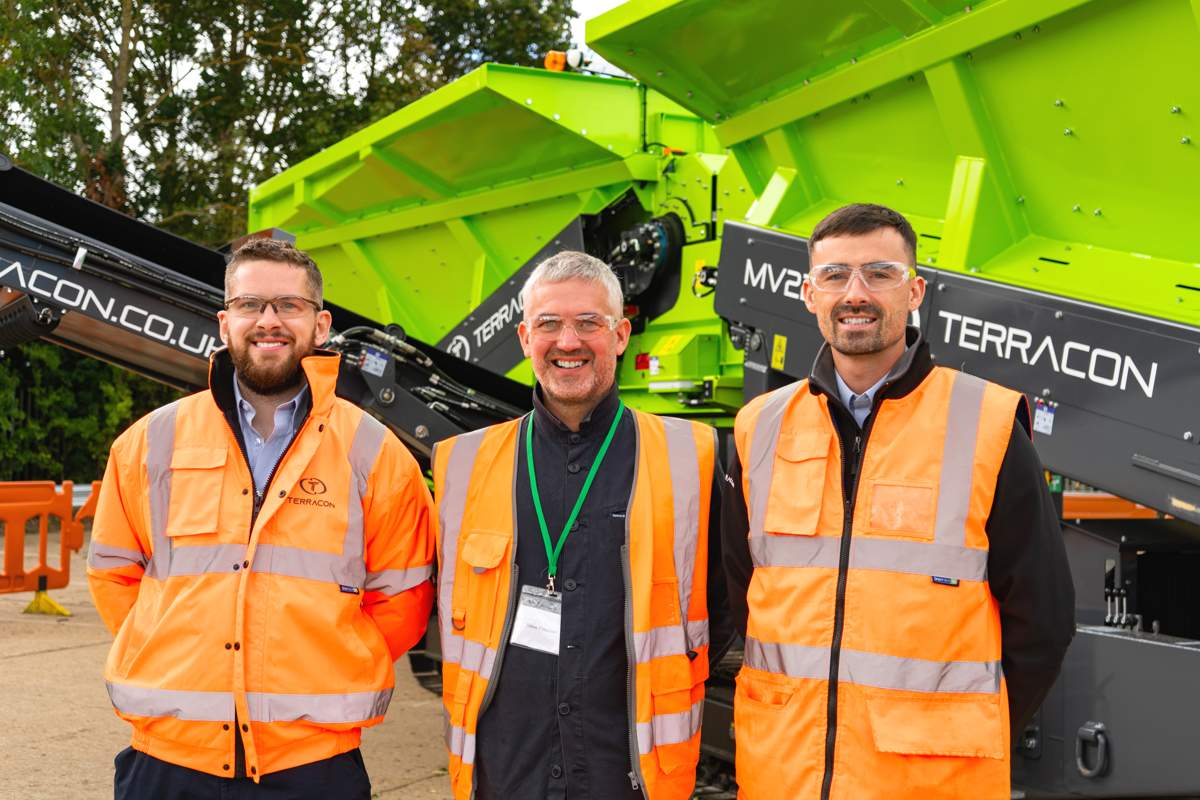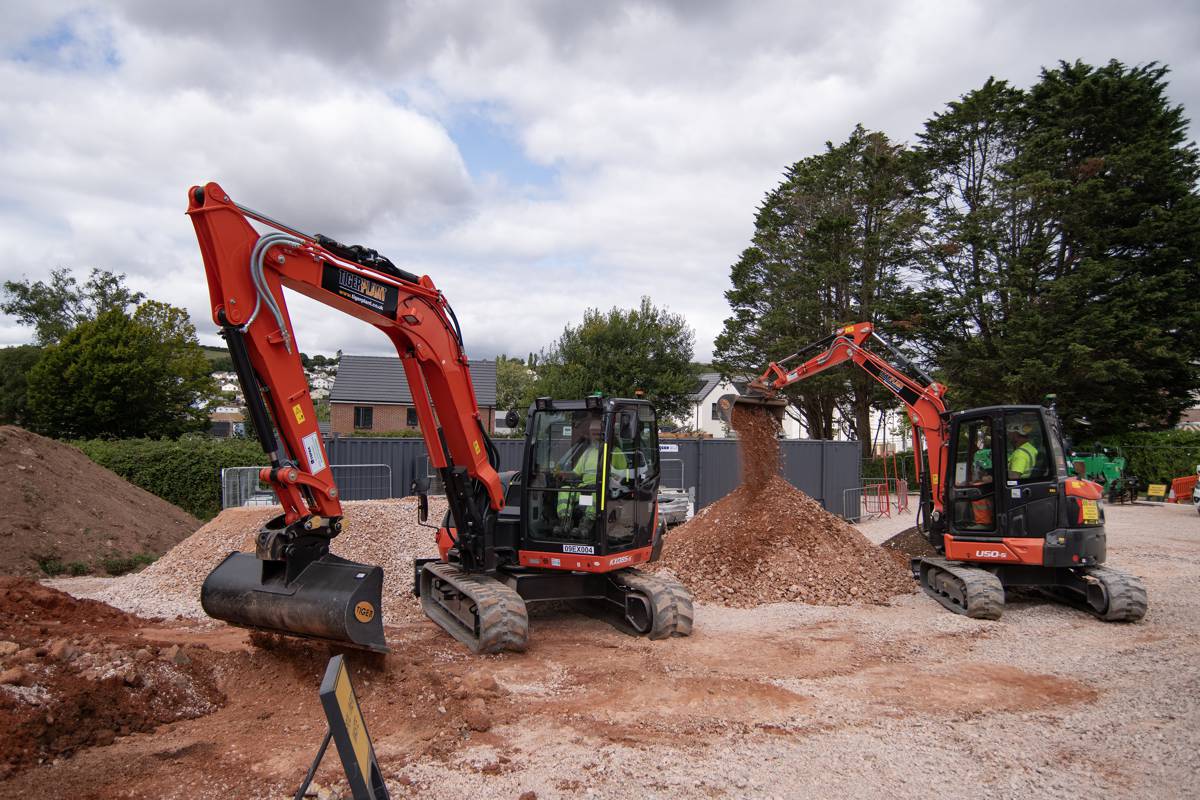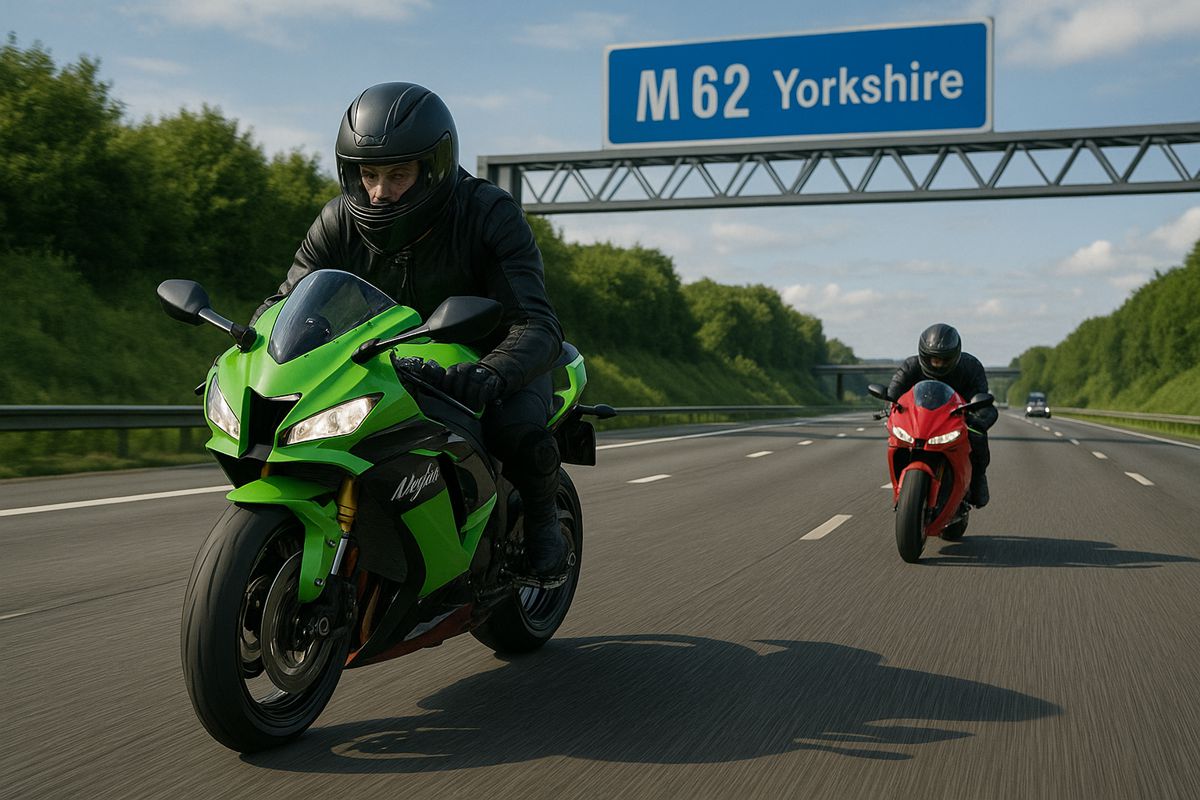How people are transforming the connected car
The past decade has seen a radical transformation sweep the motor industry as global electric vehicle sales continue to gather pace. The British plug-in fleet is now the third largest in Europe and the pace of change shows no sign of slowing. New UK government initiatives, such as the Future of Mobility Grand Challenge, mean we’re embarking on an exciting new era in which we’ll see profound changes to how people and goods move around the country.
We’re already seeing the effects of this transport revolution all around us as those responsible for shaping our highways and transport systems strive to prepare our infrastructure for a future of plug-in, connected and autonomous vehicles. There’s a growing network of EV charging points around the UK and public road tests for connected cars are now taking place as part of the UK CITE programme, which is creating the UK’s first fully connected infrastructure for connected and autonomous driving.
Yet, while there is much discussion about how the connected car is transforming our built environment and society in general, the role of the individual has been largely overlooked. What has been clear throughout Rufus Leonard’s 29 years of innovation, is that the introduction of big, exciting new technologies does not just change us, but we – the driver, the passenger – also change that technology.
Whatever the intent of the original architects to satisfy a consumer need, once people get their hands on something, everything can – and often does – change. We apply our own expectations; we use it in unpredicted, and unpredictable ways; we find new possibilities and we shape it into something new. Platform technologies, such as the internet and touch-screens truly exemplify that dynamic – and now the connected car is set to follow suit. What will the car collector or the thrill-seeking boy racer do with the technology? What will the DIY tinkerer, who’s grown up with Raspberry Pi and Arduino, do with it?
Once the first flush of excitement over the mainstream introduction of truly connected cars gives way to a feeling of normality, individuals will rapidly gain the confidence to play with the technology – and that’s when we’ll see extraordinary and exciting developments.
Driven by these growing consumer demands, new entrants with fresh offers tend to upend well established sectors. Transport brands are increasingly facing new challenges coming from disruptors bringing new services and business models to the market. Brands like Uber, Ofo, Trainline, Citymapper, Waze and Transloc are all seeking to build a data driven, responsive service offers which can truly respond to changing passenger behaviours, in real time and over time.
New technologies are enabling – indeed, compelling – the transport industry to fundamentally see and do everything differently. So, as well as bringing new challenges, the shift to a connected car platform is an opportunity – a door open for fresh approaches to a perennial human need.
Viewing connected cars as neutral objects – in the way that our smartphones are now all the same ‘black mirror’ – opens up new possibilities to gather insight from data and to deliver excitement and brand distinction via software. In the UK and most of Europe, transport businesses build themselves on publicly available, open-source data and APIs. Organisations like TFL and its equivalents have become a blend of operator and data platform, providing the key infrastructure for others to operate on. This has created a value exchange model that largely holds up, whereby all parties involved both take from and give back to a single, shared set of transport data.
But what if all route planning, driving and telemetry data were publicly owned and accessed? What could be possible when combined with the kind of data sets that TfL, Highways England and National Rail have? Maybe we would see the emergence of public transport solutions designed by and for local neighbourhoods. An established transport provider such as Arriva in London, for example, could operate in a way that’s much closer to the Uber model, and offer a fleet of on-demand, eight-seater ‘buses’.
Those seeking to rise to the challenges and opportunities of a connected car future need to adopt an ‘open source’ mindset. See what happens when you ask commuters, car enthusiasts and coders to build your connected car for you. And rather than steel, aluminium, leather and plastic, think of data as the main material for design and manufacture. Changing your entry point and your approach will get you closer to understanding what could well happen when we, the consumers, get our hands on this emerging technology, and the impact this will have as our transportation and communications infrastructure become ever more inextricably linked.
In the emerging era of the connected car, Rufus Leonard expect to see the passenger firmly in control of their future journeys. As brand experience engineers, we believe transport data can, and should, be viewed as a raw material that can be shaped by brands into innovative solutions, that directly respond to people’s everchanging behaviours and needs. For example, through our work with both the AA and the RAC, we’ve seen that motoring service providers are taking steps to understand their role in this shifting sector. It’s become clear that these brands have to, at minimum, plan for a future where cars might communicate directly with the mechanic, and even drive themselves to be repaired.
They and others – including insurers and manufacturers – are having to adapt to a world in which data is now the most valuable resource a company can hold (with Tesla’s use of data often leading the pack). Once you understand what stories the data tells you, you are able to understand how people are likely to interact with the connected car, and indeed the wider transportation network. This will provide an insight into real world, unfiltered behaviours, which will inform on how people are responding to and adapting technologies. As we innovate, it’s essential that we make sure our infrastructure is designed in a way that that gives users permission to ‘play’ and then optimise, by responding to emergent behaviours.
So, rather than trying to understand how the connected car is impacting on us, ask instead how people could transform the connected car and shape the roadmap to our transportation future. Let your innovation provide the parameters in which consumers can collaborate with you to design an even more extraordinary brand experience.
Article by Ross Timms, head of strategy at brand experience engineers, Rufus Leonard.
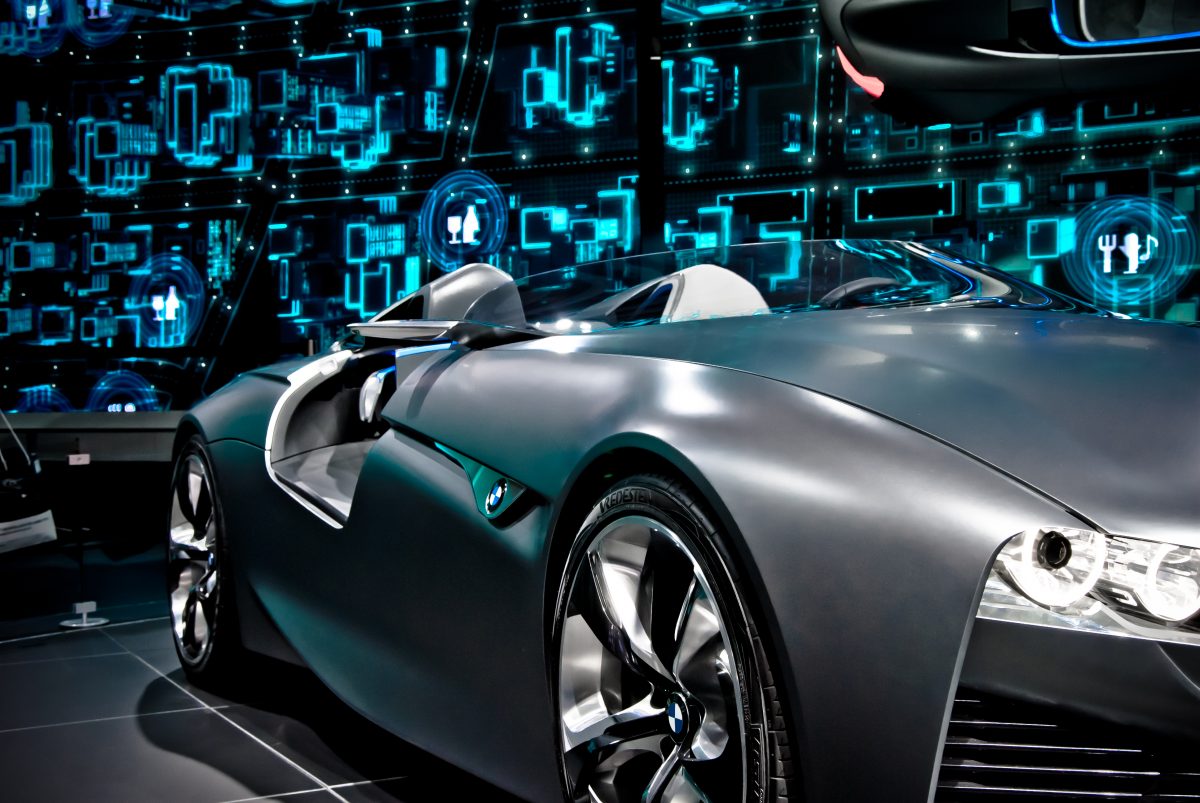
As connected car technology evolves, offering personalized experiences to drivers through advanced infotainment systems and customized interfaces, the desire for personalization extends beyond vehicles into our living and working spaces. Platforms like Zebaco enable individuals to transform their favourite digital images into high-quality canvas prints, allowing for unique and personalized décor that reflects one’s tastes and experiences.









